Cataract surgery usually takes about 10 minutes and is performed under light sedation. We provide ample anesthesia; therefore, there is no pain during surgery.
Briefly, cataract surgery consists of the following steps:
- A small opening is made on the surface of the eye.
- Specialized instruments are used to break up and remove the lens.
- A lens implant is then placed.

Choosing the Right Intraocular Lens
We offer 3 different kinds of intraocular lenses.
Regardless of which lens you choose, after cataract surgery, your vision is expected to get better. You may or may not need glasses depending on which intraocular lens you choose.
3 types of intraocular lenses
(a) Monofocal Lens
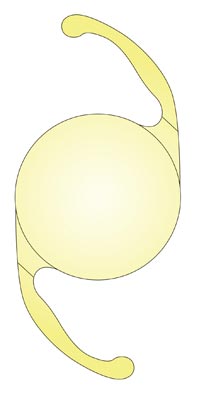
The monofocal lens allows you to see well at a fixed distance. Most people prefer to have the lens set for far vision. After surgery, reading glasses will be needed for near vision.
(b) Multifocal Lens
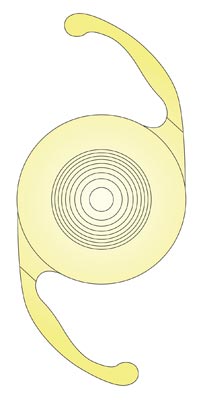
The multifocal lens allows you to see well both far and near. For most of your daily activities, glasses may not be needed. Multifocal lens can also correct corneal astigmatism. We currently offer Alcon PanOptix, Alcon Vivity, and AMO Symfony lenses.
(b) Toric Lens

The Toric lens corrects corneal astigmatism. If you have astigmatism correction in your glasses, the toric lens may help to reduce your need for glasses.
The Multifocal and Toric lenses are not covered by insurance. Please consult your doctor to see if you are a good candidate for these lenses.
Differences in Range of Vision (Monofocal Lens vs. Multifocal Lens)
The Monofocal lens allows you to focus at a set distance. For example, if you choose to focus at far, near vision will be blurry and you will need to wear reading glasses. Image quality is very good.

The Multifocal Lens allows you to focus at near, mid, and far distance. Image quality is slightly inferior to the monofocal lenses. However, there are many patients who do not require glasses at all after choosing multifocal lenses. For prolonged reading or reading fine print, glasses maybe needed. With this lens, some patients experience glare immediately after surgery, but most patients experience reduction in such symptom later on. If you have corneal astigmatism or other ocular conditions, you may not be a good candidate for the multifocal lens.
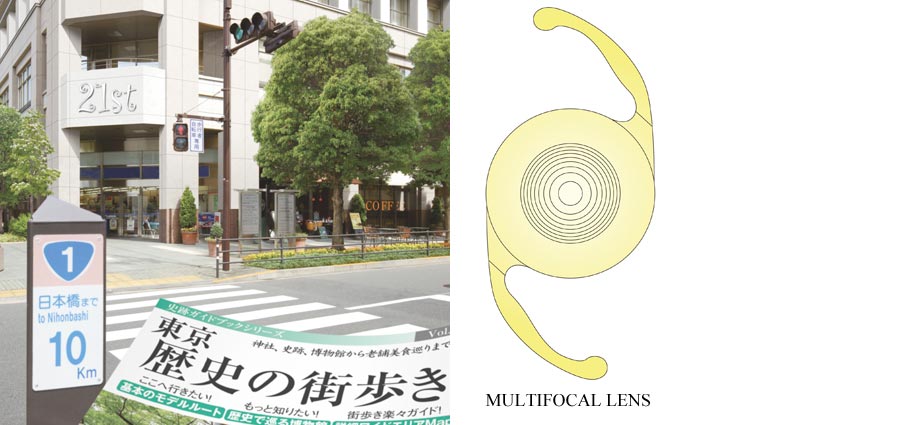
Differences in image quality (Monofocal Conventional Lens vs. Toric Lens)
Corneal astigmatism can cause blurry vision with decreased image quality. The monofocal conventional lens does not correct astigmatism and may result in slightly blurry vision requiring glasses both at near and far distance. The toric lens (either multifocal or monofocal) corrects astigmatism and results in good image quality. Testing prior to surgery will help determine if you are a good candidate for this lens.
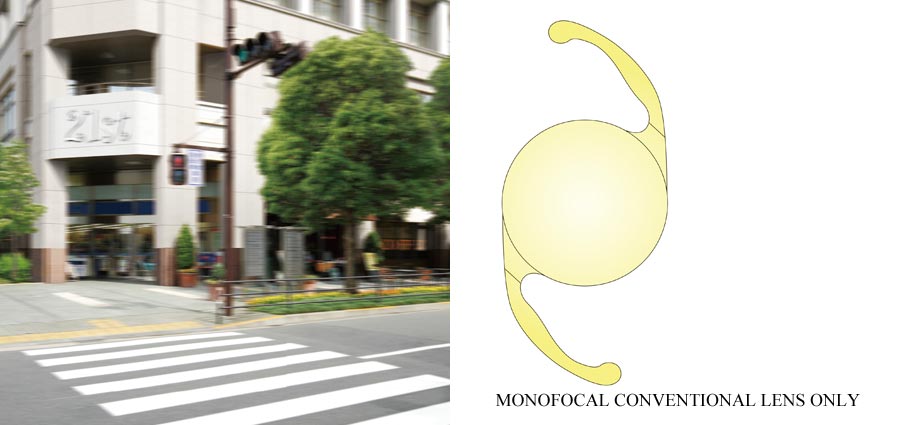
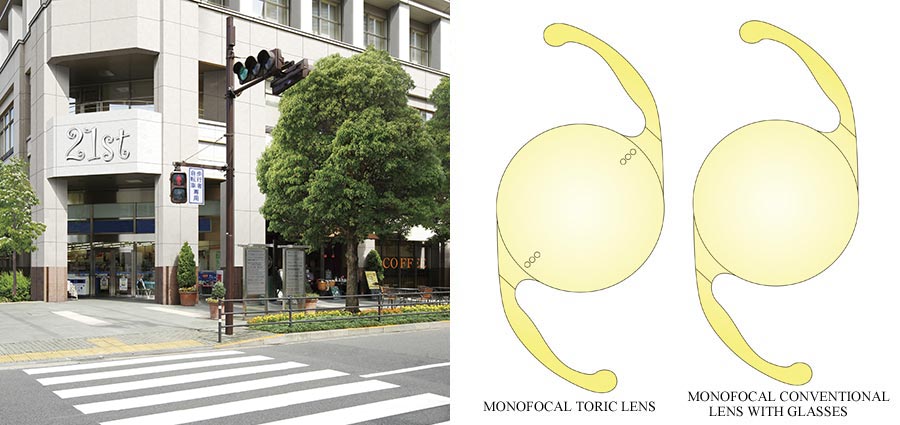
Advanced Technology Cataract Surgery
ORA System Technology

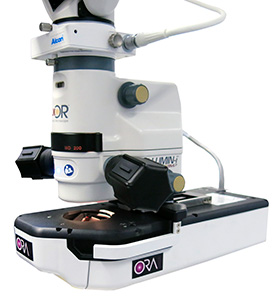
This technology assists Dr. Yamamoto during the operation to make the best choice for intraocular lens power and astigmatism correction. ORA uses wavefront technology to measure the eye giving additional information during surgery for optimal outcome. Dr. Yamamoto recommends using this technology especially when the patient had LASIK surgery in the past and when the patient wishes to place multifocal lens implant.
Laser Assisted Cataract Surgery

Laser assisted cataract surgery is the most advanced type of cataract surgery available.
The LenSx femtosecond laser system allows Dr. Yamamoto to perform a more precise cataract removal procedure that is customized to the patient’s eye. The computer guided laser helps to complete several steps of the cataract surgery.
